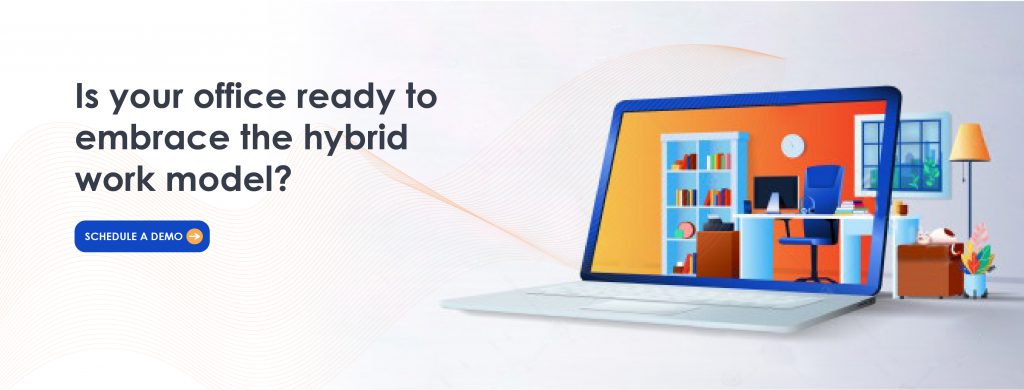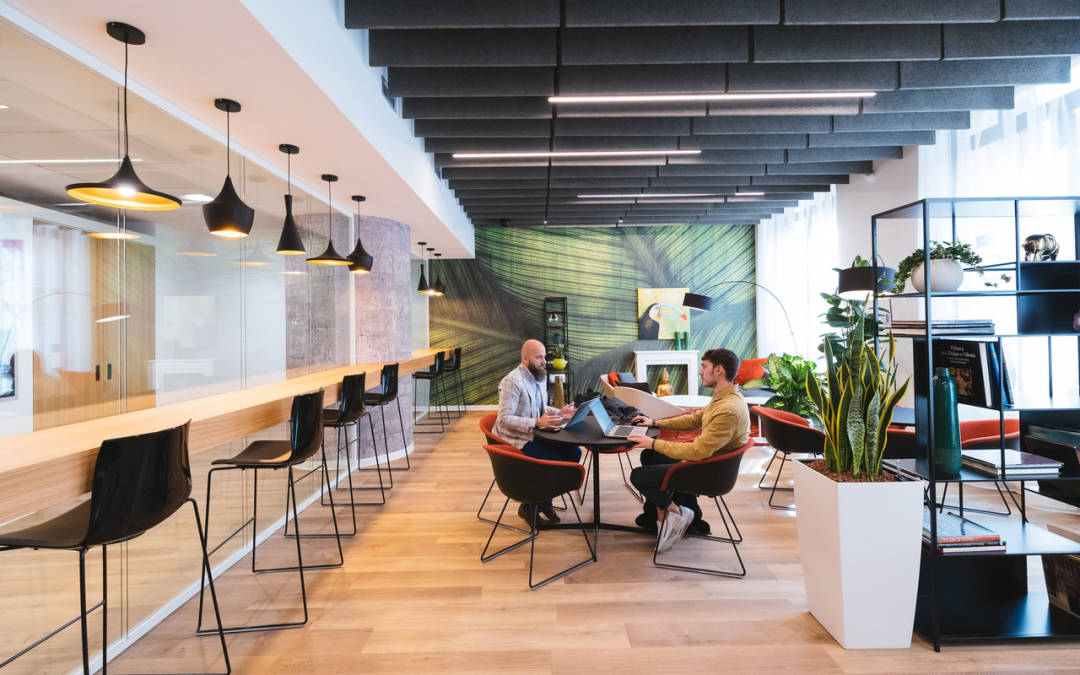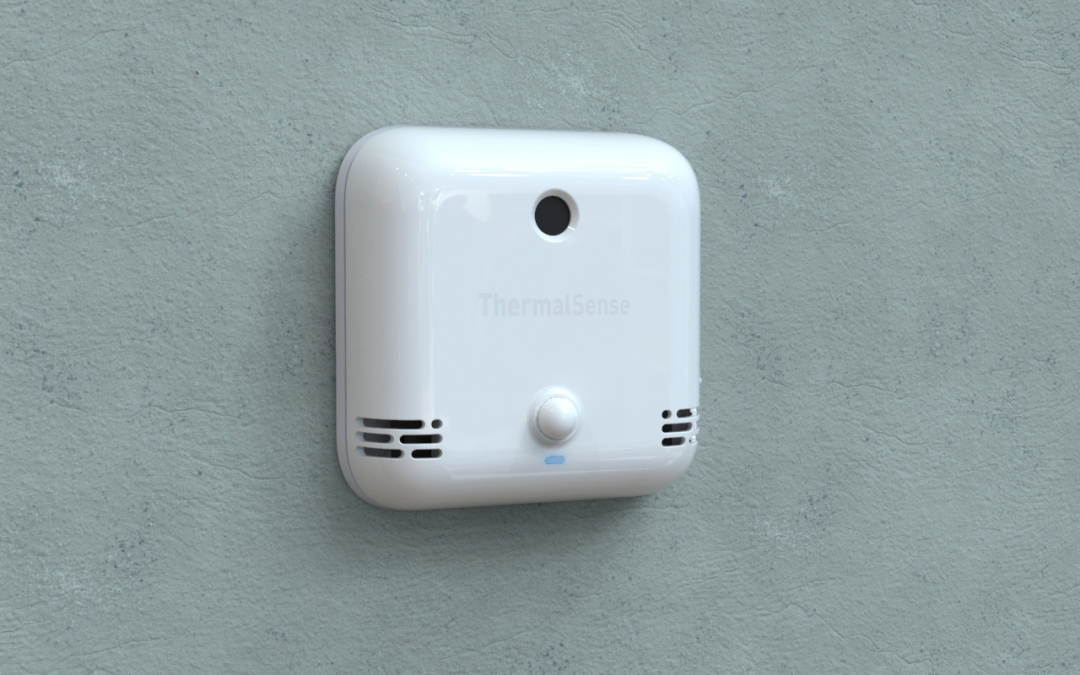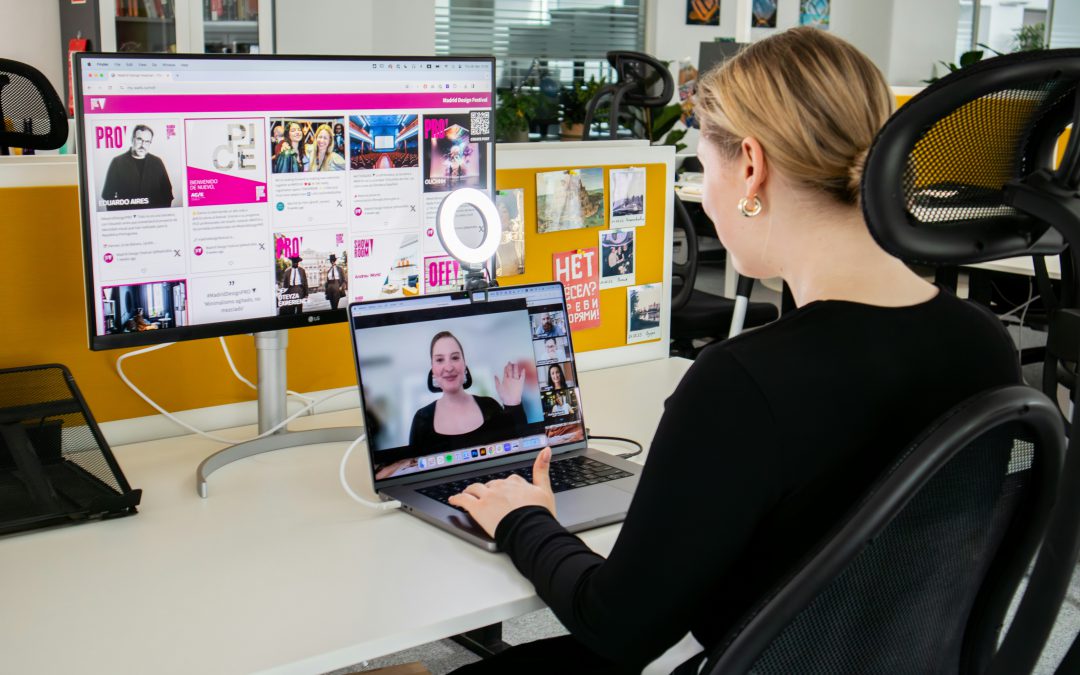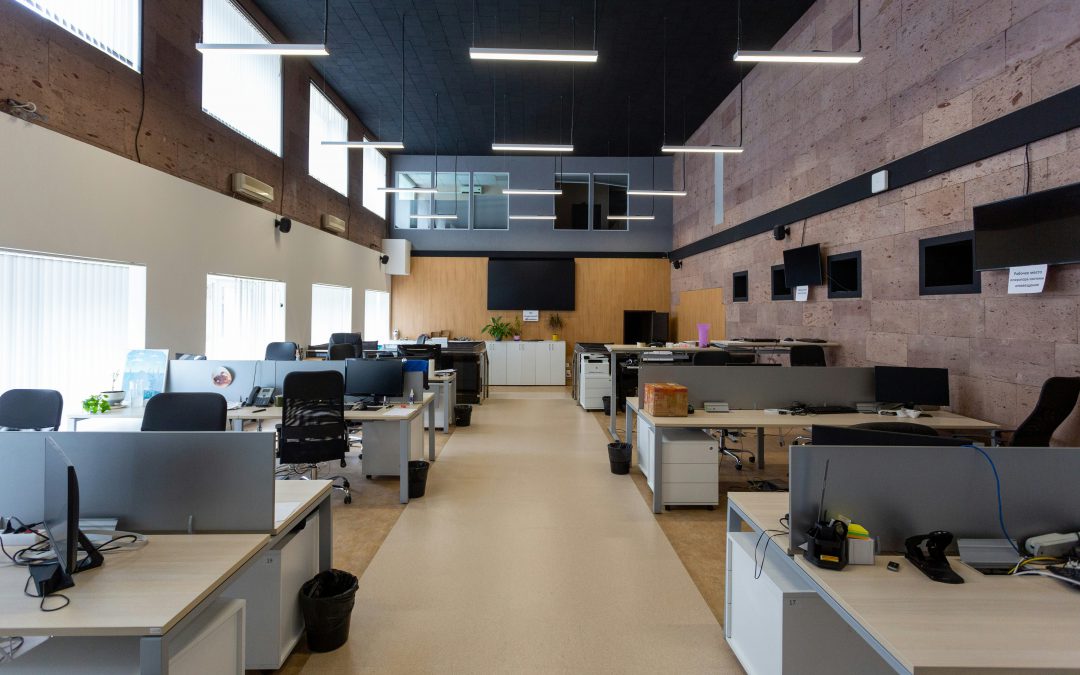Covid-19 has since brought many changes in our lives, and it has dramatically impacted businesses globally. With the abrupt closure of most offices, business leaders had to think of a way to continue their operation without risking their people’s health. Thus, it has ushered in a new era of work which is now widely known as Hybrid Work
In this article, let’s talk about:
What is the hybrid business model?
What does hybrid work might look like?
How are employees coping with it?
What are the pros and cons of hybrid work?
What is the hybrid business model?
A hybrid workplace, or hybrid office, is a business model that is designed to create a flexible and sustainable workplace for both in-office and remote workers. It may look different among organizations; however, it typically includes an onsite presence of a core group, while most of the employees are free to work wherever they are most productive: at home or from a remote location.
Many offices have always been using the hybrid work model and are much more flexible, but as we emerge from the pandemic, the mix of in-office and remote employees will differ. While employees have a fixed schedule before, it is a possibility that with the hybrid work model, their work schedules may significantly be affected as well. Due to the constant change in the situation and movement needs of businesses, technology plays a vital role in this business model.

How are employees coping with it?
The Coronavirus outbreak has been stressful enough, and the majority of people working get anxious with the idea of going back to the office, which is why the hybrid work model works for them.
Pew research center surveyed how many employees had always been working at home before the outbreak, transitioned to working from home, and those who want to work from home even after the outbreak ended. 71 percent say they have worked from home since the virus broke out, and it isn’t surprising to know that more than half of them if they are given a choice, would like to keep the current setup even after the pandemic.
While the pandemic paved the way to hybrid work, some employees say that they miss working in the office instead of the comfort of their home. It’s important to stress that “comfort” in the workplace is one of the things that employees are also looking for. It’s not just about the workstation or comfy chair; they are also about the equipment they need to do their job and to have an adequate workspace. This group of employees would most likely welcome the idea of returning to the office if given permission.

What are the pros and cons of hybrid workspace?
The best thing about a hybrid workspace is that it prioritizes the employees. It emphasizes a solid work-life balance. Returning to a public workspace or commuting to work during the pandemic has put a lot of anxiety on people, which is why it has eased employees’ worries with the hybrid workspace. Working with flexibility has helped employees to increase their productivity. Employees who need peace to focus or who thrive in an office setting can be given a choice to work where and when they’re most productive, and the creative juice is flowing freely.
One of the reasons the hybrid business model works is that it has also improved employee satisfaction and culture. Their satisfaction has skyrocketed because they were given the freedom to decide where, when they will work. The hybrid workspace has also given way to better team collaboration and work relationships. It has opened many opportunities to find new and more efficient ways to work with colleagues and better understand each other while improving communication.
Of course, no model doesn’t have flaws. One of the precise reasons why hybrid is not for everyone is the lack of powerful internet access. Not all employees have the luxury to spend a fast and reliable internet provider, which can sometimes affect their work productivity. Employees are also concerned that not being “seen” in the office might affect opportunities such as work advancement. There’s also the possibility of not joining in a meeting since there are young children to care for while working. Parents who are working remotely at home can find this a struggle and maybe at a disadvantage.
In conclusion, when planned carefully and strategically, the hybrid work model has the potential to take your organization to a new level of productivity. While the hybrid workplace may seem temporary to some, it is currently being viewed as the future of work. Suppose an organization finds the proper structure and balances work, safety, communication, and employees’ well-being. In that case, there’s no reason why they should move away from the hybrid work model.
The question is, is your office ready to embrace the hybrid work model? ProSpace can help you redesign your office to fit the needs of your organization and employees. Contact us now, and we’ll schedule you for a demo to get a glimpse of how our solutions can help your business succeed no matter what type of hybrid structure you use

